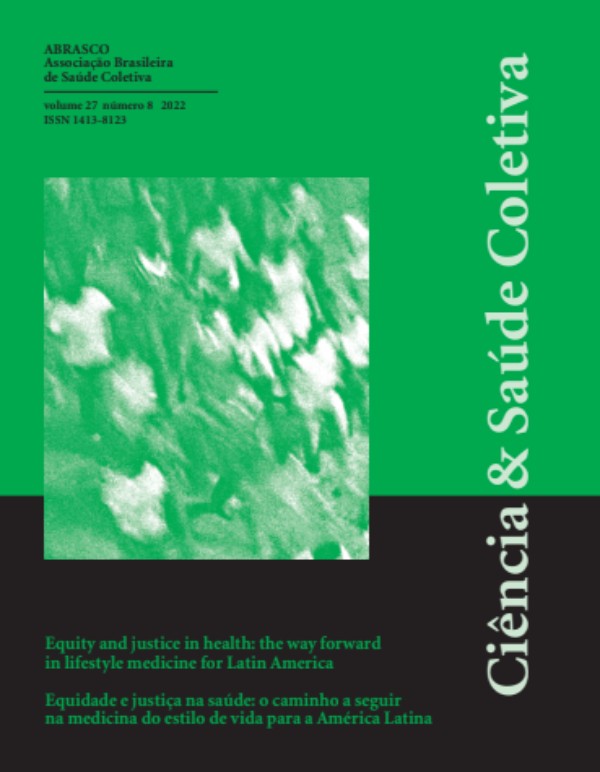0050/2022 - Times series of dental emergency attendance in Brazil between 2008 and 2015
Série histórica de atendimentos de urgência odontológica no Brasil entre 2008 e 2015
Author:
• Karla Frichembruder - Frichembruder, K. - <karla.frichembruder@ufrgs.br>ORCID: https://orcid.org/0000-0002-9052-7433
Co-author(s):
• Taiane Schaedler Prass - Prass. T. S. - <taianeprass@gmail.com>ORCID: https://orcid.org/0000-0003-3136-909X
• Fernando Neves Hugo - Hugo, Fernando Neves - <fernandoneveshugo@gmail.com>
ORCID: https://orcid.org/0000-0003-2222-7719
Abstract:
The use of dental emergency services is shaped by the social, epidemiological and organizational conditions of the health services. Aiming to evaluate the specific indicators of emergency in the network of attention for understanding realized access and performance, a time series study of the emergency dental care according to the codes of care by health facilities in Brazil was carried out2008 to 2015. Health services were grouped by total and according the primary (PHC) and secondary care points, and this was subdivided according to technological density by secondary point at specialized services secondary point at and hospitals services (ASH). The analyzes performed were descriptive and the Prais-Winsten analysis by total and by groups.. The primary care group accounts for 72.75% of the emergency care and the average of urgency rate was 4438.23 attendances per 100,000 inhabitants. There was a stable pattern of total dental care and growth in primary health care (5.58%/year).The results emphasize the participation of primary health care services in the care of dental emergencies, followed by the secondary point at specialized services and hospital groups, which are in line with the assumption of the inverse relationship between the capacity of urgent dental care and the technological density.











